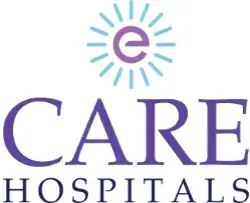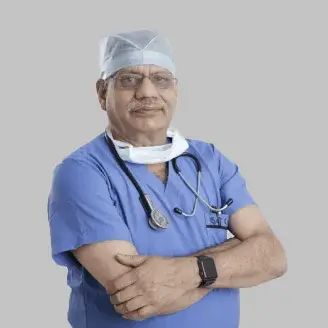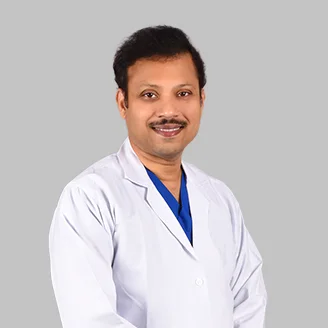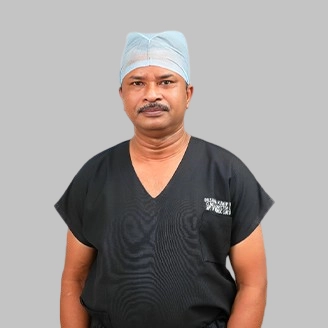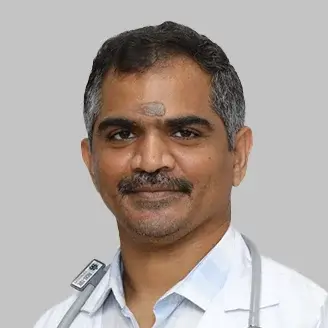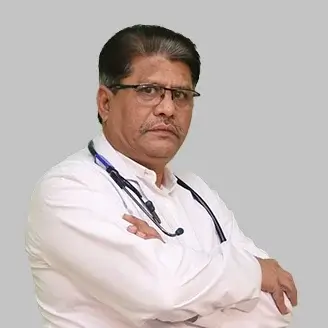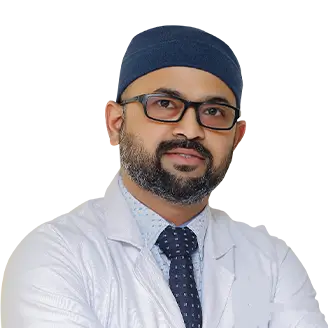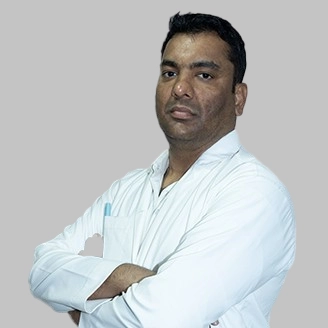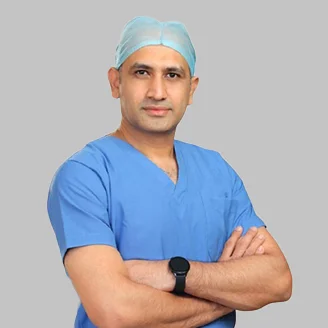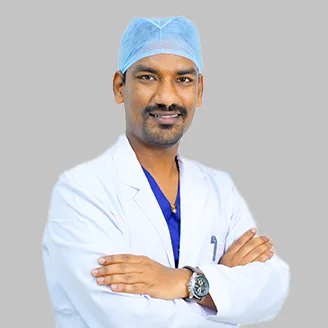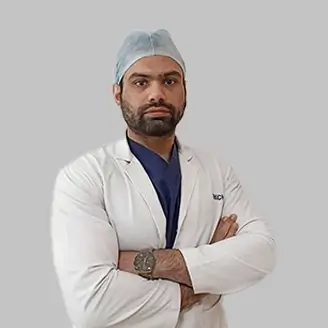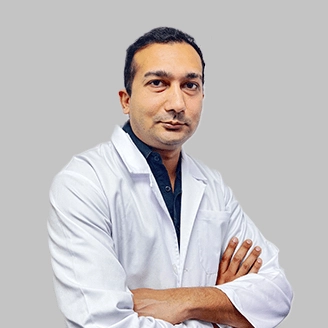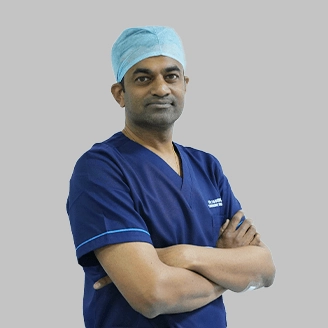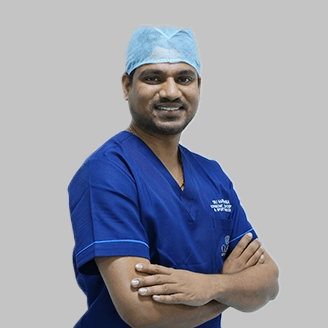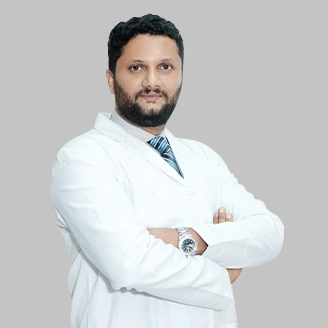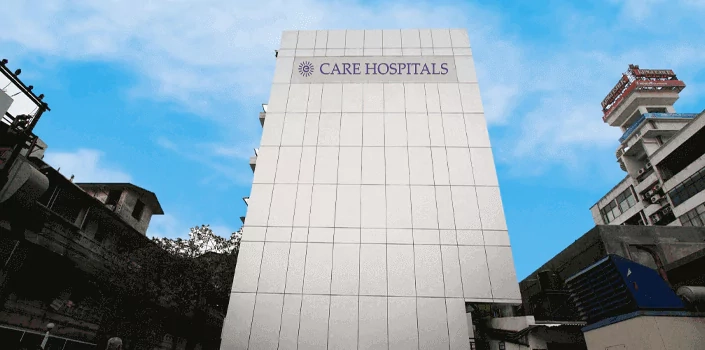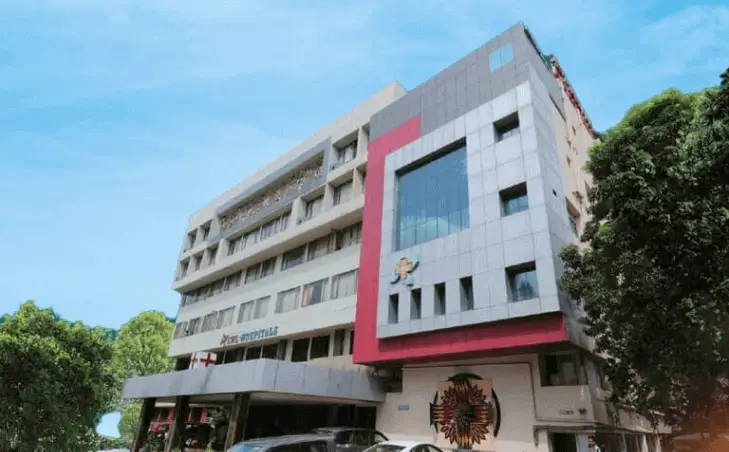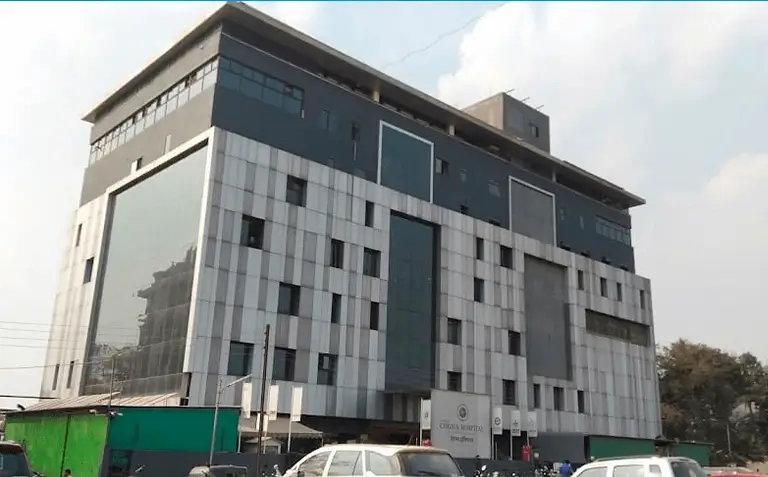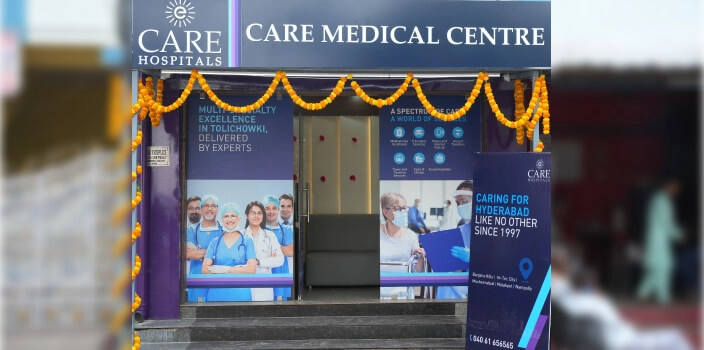-
Doctors
-
Specialities & Treatments
Centre of Excellence
Specialties
Treatments and Procedures
Hospitals & Directions HyderabadCARE Hospitals, Banjara Hills CARE Outpatient Centre, Banjara Hills CARE Hospitals, HITEC City CARE Hospitals, Nampally Gurunanak CARE Hospitals, Musheerabad CARE Hospitals Outpatient Centre, HITEC City CARE Hospitals, Malakpet
HyderabadCARE Hospitals, Banjara Hills CARE Outpatient Centre, Banjara Hills CARE Hospitals, HITEC City CARE Hospitals, Nampally Gurunanak CARE Hospitals, Musheerabad CARE Hospitals Outpatient Centre, HITEC City CARE Hospitals, Malakpet Raipur
Raipur
 Bhubaneswar
Bhubaneswar Visakhapatnam
Visakhapatnam
 Nagpur
Nagpur
 Indore
Indore
 Chh. Sambhajinagar
Chh. SambhajinagarClinics & Medical Centers
Book an AppointmentContact Us
Online Lab Reports
Book an Appointment
Consult Super-Specialist Doctors at CARE Hospitals

Best Hospitals for Osteotomy Surgery in Hyderabad
- Advanced Technology
- Shorter Hospital Stay
- Pre & Post-Operative Care
- All Insurance Accepted

Chat With Our Experts
Get second opinion on Whatsapp
25 lakhs+
Happy Patients
Experienced and
skilled surgeons
17
Health Care Facilities
Top most Referral Centre
for Complex Surgeries
Advanced Osteotomy Surgery
Doctors use osteotomy surgery to correct deformities and align joints by cutting and reshaping bones. It can put off the need to replace the knee for as long as 10 years. This benefits people with early-stage osteoarthritis. Recovery after the surgery can take months, sometimes up to a year, and rehab is important to rebuild strength and movement. This article covers what patients should know about osteotomy, including how to prepare and what to expect during recovery.
Why CARE Group Hospitals Stands Out for Osteotomy Surgery in Hyderabad
The orthopaedic surgery team at CARE Hospitals delivers excellent results. Their success has earned them recognition as experts in orthopaedic care.
They handle osteotomy surgery with a comprehensive approach that includes:
- State-of-the-art equipment with modern technology
- Thorough pre-surgery evaluations
- Tailored treatment plans based on individual needs
- Ongoing rehabilitation to aid recovery
- A solid history of performing successful surgeries
Best Osteotomy Surgery Doctors in India


Advanced Surgical Technology at CARE Hospitals
CARE Hospitals has improved its surgical techniques by using modern tools like the Hugo and Da Vinci X Robotic systems. These tools allow surgeons to carry out osteotomies with higher precision and better control than ever.
The Da Vinci X Surgical System stands as a major step forward in the world of surgical technology. Surgeons operate it like an extension of their own hands and eyes, allowing them to perform procedures with high precision.
At CARE Hospital, the surgical team uses advanced 3D imaging to control several robotic arms from just one console. The Hugo system captures every procedure to support ongoing learning and teaching in medicine.
When Osteotomy Surgery is Advised
Doctors suggest osteotomy surgery to address certain problems with bones and joints. This type of surgery works better for people with an active lifestyle or those in the early stages of osteoarthritis if they are under 60.
Osteotomy surgery helps treat a range of orthopaedic issues:
- Significant bone bending or twisting
- Misaligned joints due to past injuries
- Uneven leg lengths
- Pain from arthritis in the hips or knees
- Birth-related structural issues
Ideal candidates to undergo osteotomy surgery show these signs:
- Pain localised on one specific side of the knee
- Ability to bend the knee at least to a 90-degree angle
- Little to no pain while resting
- Readiness to stick with post-surgery rehab plans
- BMI under 30
Types of Osteotomy Procedures
Surgical procedures focus on the lower limbs targeting knee issues using tibial or femoral methods.
- Tibial Osteotomy: High tibial osteotomy is often used to fix knee issues. It can be done in one of two ways. The closing wedge method takes out bone from the outer (lateral) side. The opening wedge method adds a bone graft on the inner (medial) side.
- Spine Osteotomy: Doctors perform three main types of spine osteotomy depending on the problem:
- Smith-Petersen Osteotomy: This type involves cutting the back (posterior) of the spine to remove the facet joints. It helps fix minor spine curve problems by boosting extension.
- Pedicle Subtraction Osteotomy: In this method, surgeons take out a wedge-shaped piece of bone through the pedicle to allow for stronger spine corrections.
- Vertebral Column Resection: For fixing extreme spine problems, this method removes one or more whole vertebrae.
- Dentofacial Osteotomy: Fixes problems such as open bites or trouble with chewing food.
- Chin surgeries involve making cuts inside the mouth. Patients often experience lip numbness that can last for a few weeks.
- Hip Osteotomy: There are two main types of hip osteotomies. Innominate osteotomies focus on the iliac bone and use methods like Salter's and Chiari's. Femoral osteotomies adjust the alignment of the thighbone.
- Foot and Ankle Osteotomy uses specific techniques:
- Chevron and Akin procedures address bunions
- Dwyer's method enhances stability in high arches
- Weil osteotomy corrects claw toes
- The cotton technique helps form proper arch support in the foot
- Elbow Osteotomy: This surgery helps correct deformities in the arm’s carrying angle caused by trauma.
Pre-surgery Preparation
A thorough medical checkup lays the groundwork to succeed with osteotomy surgery:
- Blood tests assess how well organs work, and urine tests uncover possible problems like infections or diabetes.
- Doctors rely on chest X-rays and electrocardiograms to ensure the lungs and heart are in good shape.
- Patients need to stop blood thinners three days before surgery.
- Smoking and drinking should be avoided for at least a week before the procedure.
Steps in the Osteotomy Surgery
The surgery begins when doctors give the patient anaesthesia. They choose regional, spinal, or general anaesthesia depending on what the patient needs. Surgeons then clean the surgical area and place guide wires to outline the section of bone that needs to be adjusted.
Surgeons use specific surgical saws to cut and remove the outlined bone piece. The process includes a few steps:
- Pulling bone edges together to close any gaps
- Adding bone grafts to fill in where required
- Keeping bones in place with screws, plates, or pins
- Stitching up the cuts to close the wounds
The operation itself takes about an hour to an hour and a half, but patients can expect to spend four to six hours in the operating room overall.
Recovery After Surgery
People stay in the hospital for one or two days. Pain and swelling stick around for the first six weeks of recovery.
Physical therapy gets going not long after surgery, even if there’s a cast or splint in place. Most people rely on crutches for some weeks before slowly moving back to regular weight-bearing tasks.
Recovery involves:
- Early stage (first 6 weeks): Managing pain and doing basic movement
- Mid stage (6-12 weeks): Increasing activity as discomfort and swelling ease up
- Final stage (after 12 weeks): Monitoring progress until healed
Possible Risks and Complications
- Blood clots are a frequent issue that shows up in a small number of patients after surgeries on the legs.
- Infection is another big problem. It can be as minor as a skin infection or as severe as one affecting the bone.
- Bones might not heal following surgery. Nonunion, where bones fail to fuse, can happen because of:
- Low blood flow
- Smoking habits
- Poor diet
- Surgical difficulties
- Problems with surgical hardware can arise. Plates, screws or wires meant to hold bones in place may become loose or even snap. This often results from:
- Bad positioning of hardware
- Wear and tear on metal
- Weakness in the bone itself
- Damage to nerves or blood vessels is uncommon, but it requires close care.
- Patients can also face problems like:
- Joint inflammation or stiffness
- Ongoing pain
- Growth of scar tissue
- Uneven leg lengths post-surgery
Advantages of Osteotomy Surgery
Younger active individuals can regain their routines with osteotomy surgery. After full recovery, they can enjoy all kinds of physical activities even those involving heavy impact. This procedure works very well in treating osteoarthritis.
Osteotomy surgery provides solutions to many musculoskeletal issues. This method helps to:
- Corrects bone alignment, bowing issues and rotations
- Fixes damaged joints
- Modifies bone lengths
- Redistributes weight to areas with healthier cartilage
Insurance Assistance for Osteotomy Surgery
Health insurance can ease the burden of osteotomy surgery expenses. Many health insurance policies in India include orthopaedic surgeries, covering everything from initial care before hospitalisation to recovery after the procedure.
Our financial advisors collaborate with patients to identify possible solutions such as:
- Payment plans tailored to the osteotomy procedure
- Help in submitting insurance claims
- Assistance with completing required paperwork
- Reviewing any co-payment terms
- Checking if post-surgery care is covered
Second Opinion for Osteotomy Surgery
You might want to ask for another opinion in these cases:
- Difficult or serious health problems requiring major surgery
- Doubts about the treatment suggested
- Risky surgeries that could lead to complications
- Rare or unusual bone-related issues
- Symptoms that don't improve even with ongoing care
Conclusion
Osteotomy surgery can help save joints in people younger than 60. It has a strong track record of success and works well for those with an active lifestyle. Besides easing pain, it improves movement and may postpone the need for full joint replacement.
CARE Hospitals gets great results by using advanced surgical tools and expert medical staff. They focus on careful pre-surgery planning, use the latest surgical methods, and provide focused care after surgery. The hospital brings good results to patients who need different kinds of osteotomy procedures.
Osteotomy Surgery Hospitals in India
-
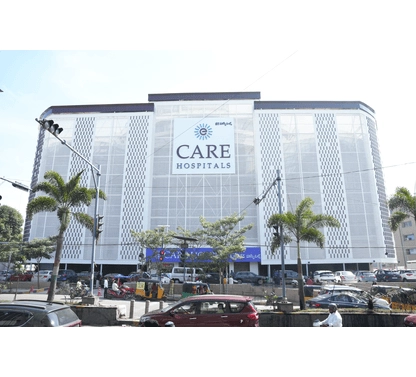
CARE Hospitals, Banjara Hills, Hyderabad
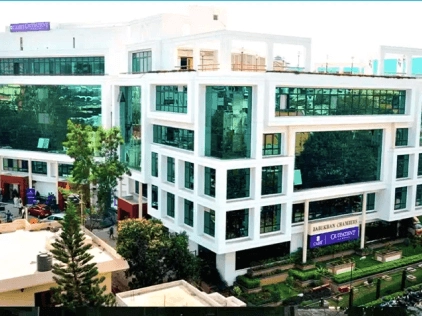
CARE Hospitals Outpatient Centre, Banjara Hills, Hyderabad
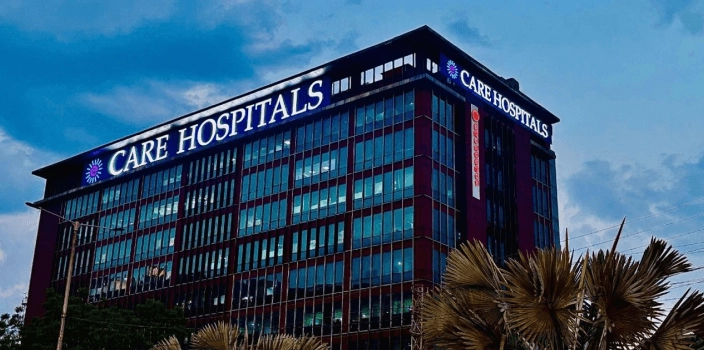
CARE Hospitals, HITEC City, Hyderabad
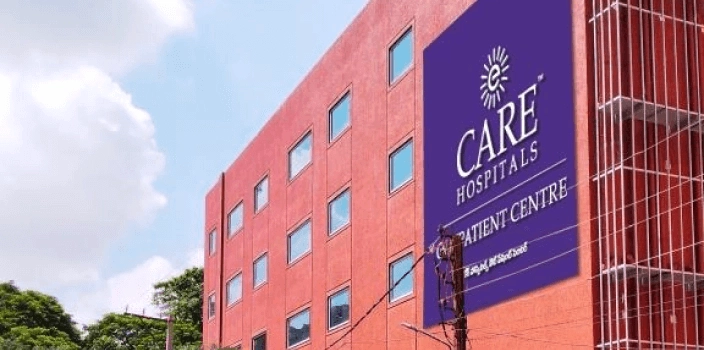
CARE Hospitals Outpatient Centre, HITEC City, Hyderabad
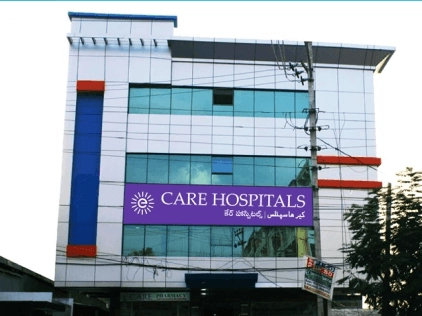
Gurunanak CARE Hospitals, Musheerabad, Hyderabad

CARE Hospitals, Nampally, Hyderabad
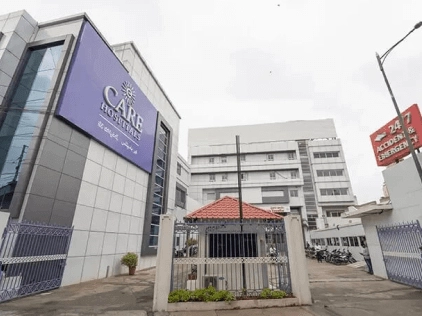
CARE Hospitals, Malakpet, Hyderabad
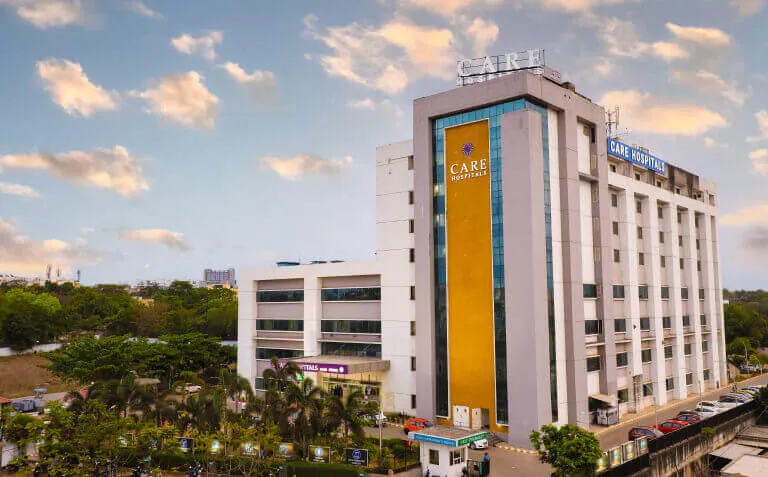
CARE Hospitals, Bhubaneswar
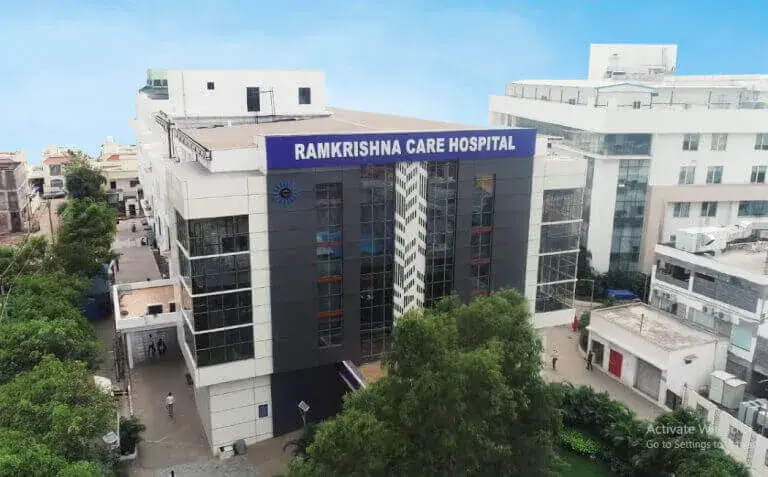
Ramkrishna CARE Hospitals, Raipur
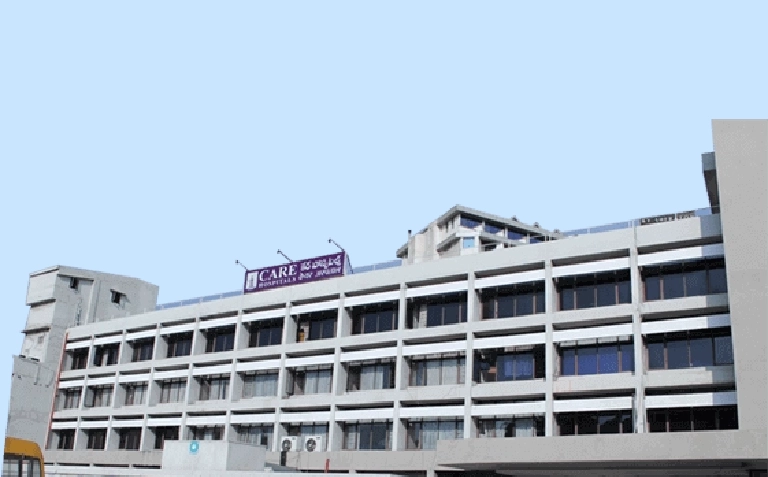
CARE Hospitals, Ramnagar, Visakhapatnam
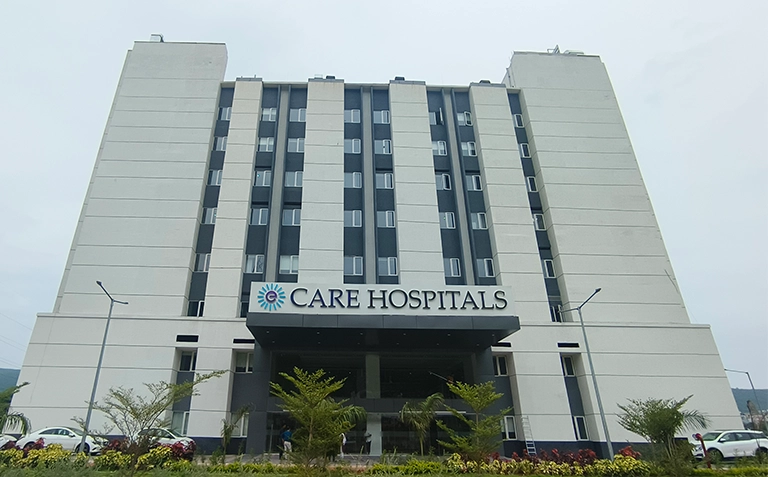
CARE Hospitals, Health City, Arilova
Related Surgeries
- Best Hospital for Spinal Fusion Surgery in Hyderabad
- Best Hospitals for Ankle Surgery in Hyderabad
- Best Hospital for Carpal Tunnel Release Surgery in Hyderabad
- Best Hospitals for Ligament Repair Surgery in Hyderabad
- Best Hospitals for Elbow Surgery in Hyderabad
- Best Hospitals for Arthroscopic Meniscal Repair Surgery in Hyderabad
- Best Hospital for Arthroscopy Surgery in Hyderabad
- Best Hospital for ORIF(Open Reduction Internal Fixation) Surgery in Hyderabad
- Best Hospital for Spine Decompression Surgery in Hyderabad
- Best Hospitals for Shoulder Arthroscopy Surgery in Hyderabad
- Best Hospital for K-Wire Fixation Surgery in Hyderabad
- Best Hospitals for Arthroscopic Knee Aspiration Surgery in Hyderabad
- Best Hospital for Bipolar Hemiarthroplasty Surgery in Hyderabad
- Best Hospital for Hemarthrosis Knee Surgery in Hyderabad
- Best Hospital for Meniscus Surgery (Meniscectomy) in Hyderabad
- Best Hospital for Proximal Femoral Nail (PFN) Surgery in Hyderabad
- Best Hospitals for Osteotomy Surgery in Hyderabad
- Best Hospitals for Arthroscopic Reconstruction Surgery in Hyderabad
- Best Hospitals for Bone Marrow Aspirate Concentrate (BMAC) Surgery in Hyderabad
- Best Hospital for Tension Band Wiring Surgery in Hyderabad
- Best Hospital for Shoulder Rotator Cuff Repair Surgery in Hyderabad
- Best Hospital for Shoulder Replacement Surgery in Hyderabad
- Best Hospital for Humerus Plating Surgery in Hyderabad
- Best Hospital for Tendon Repair Surgery in Hyderabad
- Best Hospital for Spinal Decompression Surgery in Hyderabad
- Best Hospital for Posterior Cruciate Ligament (PCL) Surgery in Hyderabad
- Best External Fixator Surgery in Hyderabad
- Best Hospital for UCL Reconstruction Surgery in Hyderabad
Frequently Asked Questions
Osteotomy surgery relies on bone-cutting procedures, which are the foundations of bone reshaping and realignment, to improve joint function.
Each osteotomy procedure takes a different amount of time. A knee osteotomy usually lasts 60 to 90 minutes in the operating room. Hip procedures need more time and can take two to three hours
Key risks include:
- Infection
- Nerve or blood vessel damage
- Delayed bone healing
- Joint stiffness and inflammation
- Possible leg length differences
Recovery happens in clear stages. The original healing takes about six weeks, during which patients experience pain and swelling. The bone typically heals completely within 12 weeks.
Today's surgical techniques have substantially improved the safety of osteotomy procedures. Success rates are impressive. Experienced surgeons get the best results by carefully choosing patients and planning surgeries precisely.
The surgery itself doesn't hurt because of anaesthesia, but recovery brings moderate discomfort. Pain control usually involves:
- Prescribed medications, including NSAIDs and opioids
- Regular icing of the affected area
- Elevation to reduce swelling
- Gradual rehabilitation exercises
Osteotomy ranks among the major orthopaedic procedures. The surgery requires precise bone-cutting and reshaping techniques.
You need immediate medical attention for any post-surgical complications. Doctors may manage complications with medications, bracing for instability, revision surgery if needed, pain management and physiotherapy to aid recovery and prevent further issues.
Health insurance policies offer detailed coverage for osteotomy procedures. Pre-authorisation and documentation are often required.
Surgeons choose different anaesthetic approaches based on each patient's needs. The options include:
- Regional anaesthesia to numb specific areas
- Spinal anaesthesia for lower body procedures
- General anaesthesia for complete sedation
- Local anaesthesia for targeted numbness
Quick recovery depends on properly following post-operative protocols. Patients usually stay in the hospital for 1 to 2 days.
Bone healing moves through different phases and takes about 12 weeks.
Patients should refrain from:
- Placing pillows underneath the knee while resting
- Applying ice packs directly to the skin without proper wrapping
- Ignoring signs of infection like swelling or warmth
- Skipping scheduled follow-up appointments
The most important differences are:
- Surgical technique - Ostectomy removes bone sections entirely, while osteotomy involves cutting and repositioning
- Post-operative swelling levels - Ostectomy patients show higher swelling rates
- Recovery patterns - Each procedure needs unique rehabilitation approaches
Still Have a Question?
